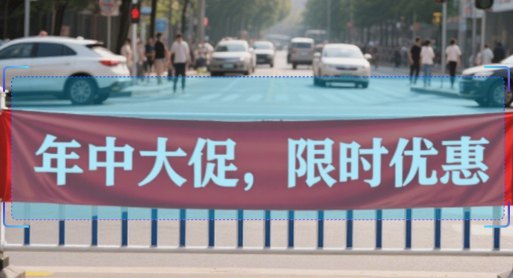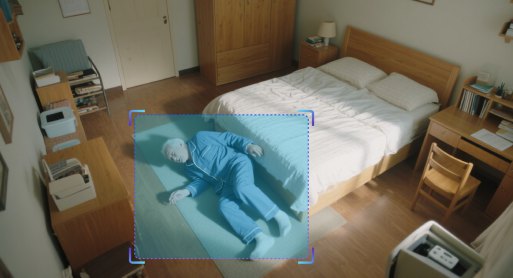
Physical Altercation Detection

Algorithm Introduction
Based on AI vision analysis technology, this system enables real-time detection of multiple instances of violent physical altercations involving two or more individuals within pre-defined high-priority zones.
- ● Brightness requirements: The ratio of bright pixels (grayscale value >40) to total pixels in the target area must exceed 50%
- ● Image requirements: Optimal detection performance at 1920×1080 resolution
- ● Target size: Within 1080P (1920×1080) video streams, detected subjects must measure ≥96 pixels (width) × 324 pixels (height)
Application Value
-

Urban Roadways
Real-time monitoring of urban roads identifies violent physical altercations, promptly triggers alerts, and pushes notifications to assist law enforcement. -

Metro/Station Areas
Implement intelligent monitoring in key areas of subways and stations to identify conflicts and issue early warnings, thereby maintaining order at transportation hubs. -

Park Facilities
Covering all areas of the park, the algorithm automatically detects visitor conflicts, alerts security for intervention, and fosters a safe and harmonious recreational environment. -

Business Districts
Precise monitoring of conflict situations across multiple areas within the business district to ensure public order and personnel safety.
FAQ
-
Algorithm AccuracyAll algorithms published on the website claim accuracies above 90 %. However, real-world performance drops can occur for the following reasons:
(1) Poor imaging quality, such as
• Strong light, backlight, nighttime, rain, snow, or fog degrading image quality
• Low resolution, motion blur, lens contamination, compression artifacts, or sensor noise
• Targets being partially or fully occluded (common in object detection, tracking, and pose estimation)
(2) The website provides two broad classes of algorithms: general-purpose and long-tail (rare scenes, uncommon object categories, or insufficient training data). Long-tail algorithms typically exhibit weaker generalization.
(3) Accuracy is not guaranteed in boundary or extreme scenarios.
-
Deployment & InferenceWe offer multiple deployment formats—Models, Applets and SDKs.
Compatibility has been verified with more than ten domestic chip vendors, including Huawei Ascend, Iluvatar, and Denglin, ensuring full support for China-made CPUs, GPUs, and NPUs to meet high-grade IT innovation requirements.
For each hardware configuration, we select and deploy a high-accuracy model whose parameter count is optimally matched to the available compute power.
-
How to Customize an AlgorithmAll algorithms showcased on the website come with ready-to-use models and corresponding application examples. If you need further optimization or customization, choose one of the following paths:
(1) Standard Customization (highest accuracy, longer lead time)
Requirements discussion → collect valid data (≥1 000 images or ≥100 video clips from your scenario) → custom algorithm development & deployment → acceptance testing
(2) Rapid Implementation (Monolith:https://monolith.sensefoundry.cn/)
Monolith provides an intuitive, web-based interface that requires no deep AI expertise. In as little as 30 minutes you can upload data, leverage smart annotation, train, and deploy a high-performance vision model end-to-end—dramatically shortening the algorithm production cycle.






